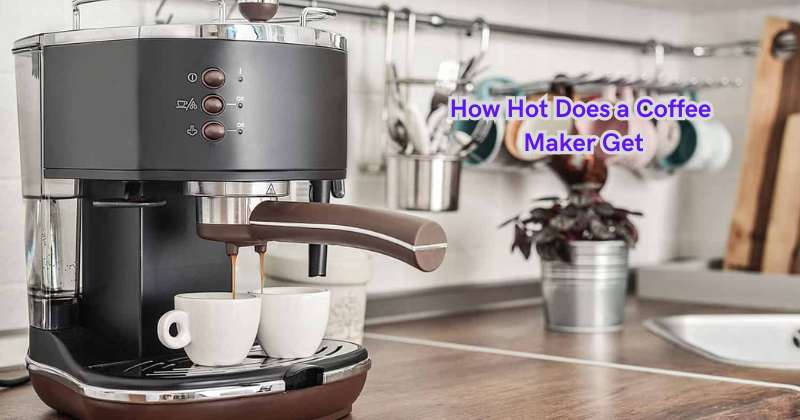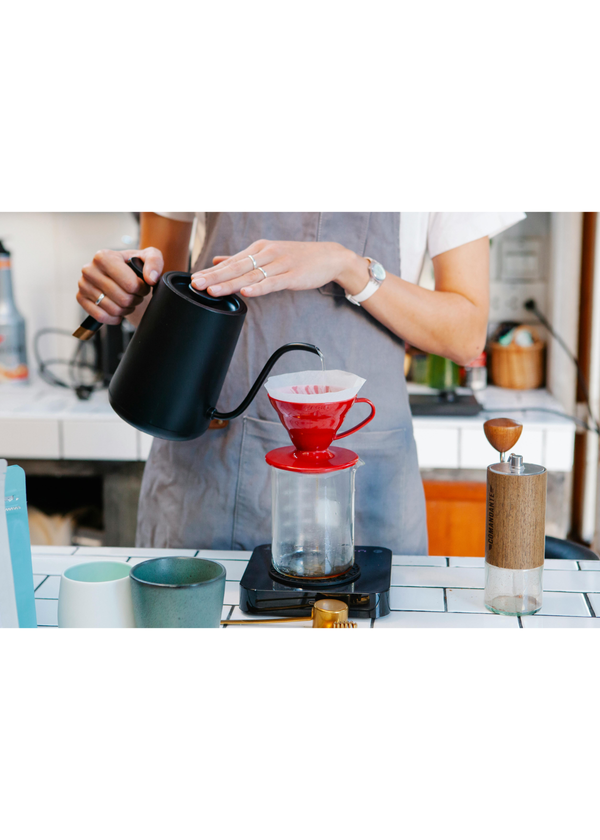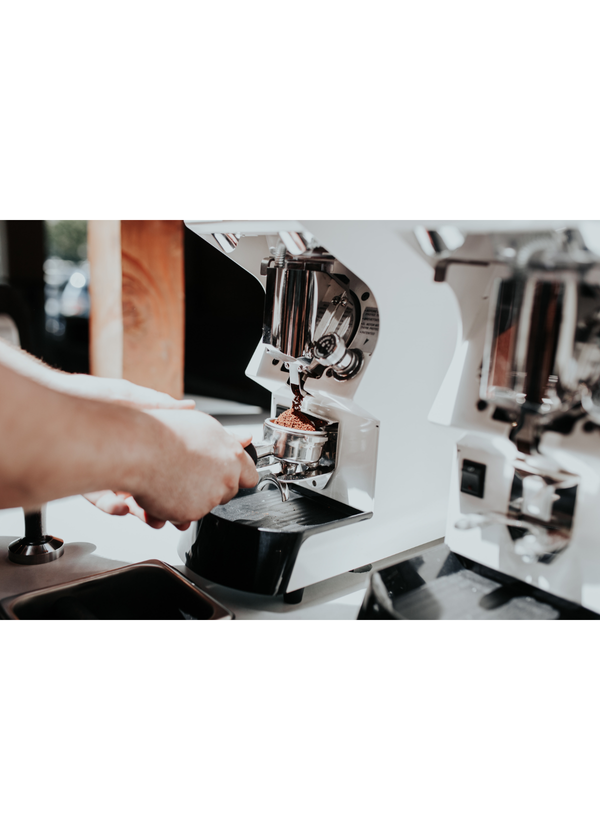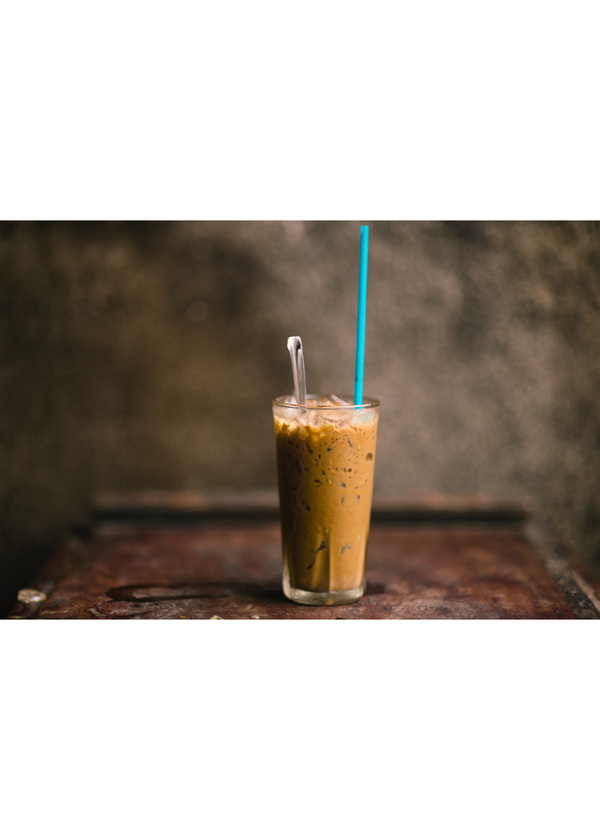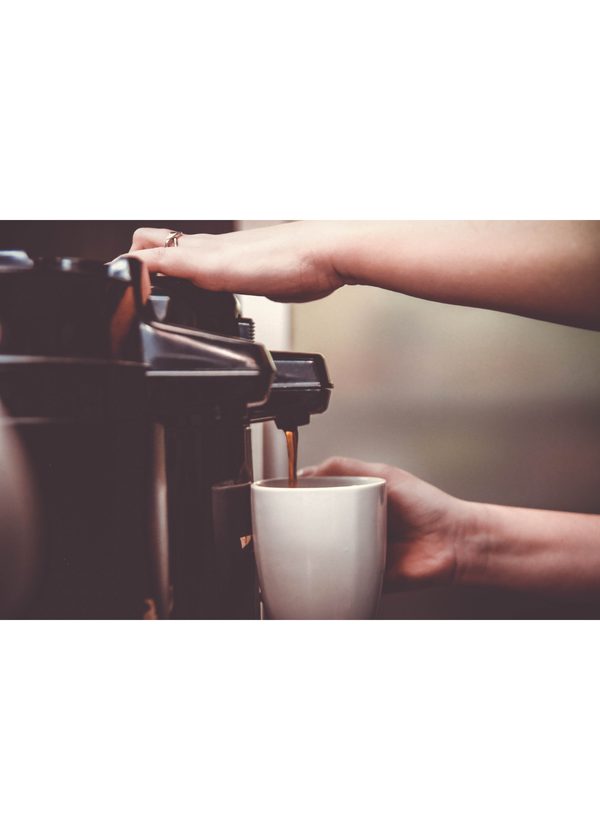Understanding the temperature range of a coffee maker is essential for coffee enthusiasts and safety considerations.
The question of "How hot does a coffee maker get?" delves into the technical aspect of brewing, as the ideal temperature significantly impacts the flavor extraction.
Whether it's a traditional drip coffee maker or a modern espresso machine, the heat generated within the brewing system plays a crucial role in producing a satisfying cup of coffee. Exploring this topic provides insights into the science of coffee brewing and empowers individuals to optimize their brewing methods for a delightful coffee experience.
Importance of Understanding the Temperature of a Coffee Maker
Brewing coffee is an intricate process that involves extracting flavor and aroma compounds from the ground beans. The temperature at which this extraction takes place significantly impacts the final product's taste.
If the water temperature is too low, it can lead to under-extraction, resulting in a weak and bland cup of coffee. On the other hand, if the water is too hot, it can over-extract the coffee, leading to a bitter and unpleasant taste. Therefore, understanding the temperature range of a coffee maker is crucial in achieving the perfect balance of flavors in your cup of joe.
Apart from affecting the taste of coffee, knowing the temperature range also provides insights into safety considerations when handling a coffee maker.
High temperatures can pose a risk of scalding if not handled properly, especially with modern espresso machines that can reach temperatures above 200°F (93°C). Individuals can take necessary precautions to avoid accidents and safely handle their coffee makers by understanding the temperature range.
Components of a Coffee Maker
While different types of coffee makers have varying temperature ranges, they all share some standard components:
- Water Reservoir: This is where the water is stored before it's heated for brewing.
- Heating Element: As mentioned earlier, this component heats the water to the desired temperature.
- Filter Basket: This is where you place the ground coffee for brewing.
Some coffee makers also have a built-in filter, eliminating the need for paper filters.
- Brewing Chamber: This is where hot water and ground coffee come in contact to extract the flavor.
- Dispensing Spout: The brewed coffee comes from this spout into your cup or carafe.
Understanding these components can help individuals troubleshoot any issues with their coffee maker and make informed decisions when purchasing a new one.
How Hot Does a Coffee Maker Get?
The exact temperature a coffee maker can reach depends on various factors, including the type of machine and its brewing method. However, there are some general guidelines to keep in mind when it comes to the temperature range of a coffee maker.
Traditional Drip Coffee Makers
Traditionally, drip coffee makers use heated water in the range of 195-205°F (90-96°C) to extract the coffee grounds' flavor. This temperature range is considered ideal for extracting the desired flavors and aromas without burning or over-extracting the coffee.
Boiling water, which is at 212°F (100°C), can scald the coffee and produce a bitter taste. The boiling point varies with altitude, so it's essential to consider your location's elevation when using a drip coffee maker.
Espresso Machines
Espresso machines have gained popularity in recent years, and they use high pressure and temperatures to brew a concentrated shot of coffee. The water used in an espresso machine can reach temperatures between 195-205°F (90-96°C), but the brewing process can increase it up to 212°F (100°C).
However, some modern espresso machines come equipped with temperature control settings that allow users to adjust the water temperature for a more customized cup of coffee.
Cold Brew
On the other end of the spectrum, cold brew coffee is gaining popularity for its smooth and less acidic flavor profile. The brewing method for cold brew involves steeping coffee grounds in cold water for an extended period, usually 12-24 hours.
This process results in a sweeter and smoother cup of coffee, making it a popular choice among coffee lovers with sensitive stomachs. The temperature range for cold brew is between 35-45°F (1-7°C), significantly lower than traditional brewing methods. From coffee pot to cold brew, the temperature range for making coffee varies widely depending on the brewing method.
The Right Temperature for Coffee Brewing
While the ideal temperature for coffee brewing depends on personal preference, there are some general guidelines to keep in mind. As mentioned earlier, traditional drip coffee makers and espresso machines typically use water temperatures between 195-205°F (90-96°C). However, some experts suggest that a slightly lower temperature of 185°F (85°C) can result in a more balanced and flavorful cup of coffee. Specialty Coffee Association of America recommends a range of 197.6-204.8°F (92-96°C) for brewing coffee.
For cold brew, the recommended temperature range is between 35-45°F (1.5-7°C). It's crucial to note that using hot water for cold brew can result in a harsh and bitter flavor profile. Therefore, it's essential to follow the recommended temperature range for each brewing method to achieve the desired taste.
Factors Affecting Coffee Maker Temperature
- Heating Element: The heating element is the component responsible for heating the water in a coffee maker. It can be either a metal plate or coil, and it plays a significant role in determining the maximum temperature the machine can reach. Coffee piping hot from the heating element can reach temperatures between 175-190°F (80-88°C).
- Type of Coffee Maker: Different types of coffee makers have varying temperature ranges due to their different brewing methods. For example, traditional drip coffee makers use hot water to extract the flavor, while cold brew uses room temperature or cold water. Brewed coffee temperature can also vary depending on the type of coffee maker used, such as French press or pour-over.
- Brewing Time: The longer the brewing time, the higher the temperature of the coffee, as more heat is transferred from the machine to the water. Tap water can enter the coffee maker at room temperature, but after a few minutes of brewing, it can reach temperatures close to boiling.
- Altitude: At higher altitudes, water boils at a lower temperature, which can affect the brewing process and result in a weaker cup of coffee. This factor is more relevant for traditional brewing methods, such as drip coffee makers.
- Beans' Roast Level: Darker roasted beans require higher water temperatures to extract their flavor fully, while lighter roasts may need lower temperatures to prevent a burnt or bitter taste. Whole bean coffee or ground coffee, the roast level can impact the recommended temperature range for brewing.
So, brewing temperature is important for both safety and taste when it comes to making your perfect cup of coffee. By understanding the temperature range and its impact on different brewing methods, individuals can make informed decisions about their coffee makers, leading to a more enjoyable and safer coffee experience.
Tips for Achieving the Ideal Temperature Range
Now that we understand the importance of temperature and its key components in a coffee maker, here are some tips for achieving the ideal temperature range:
- Preheat your equipment: Before brewing, it is essential to preheat your coffee maker by running hot water through it. This will ensure that the brewing temperature stays consistent.
- Use a thermometer: For more precise control over the brewing temperature, use a thermometer to measure the water temperature. This is especially useful for pour-over methods or using manual espresso machines.
- Experiment with different grind sizes: The size of the coffee grounds can impact the extraction process and, therefore, the ideal brewing temperature. Finer grinds typically require lower temperatures, while coarser grinds may need hotter water to extract properly.
- Consider the altitude: The boiling point of water varies depending on altitude, so individuals living at high altitudes may need to adjust their brewing temperature accordingly.
Do Coffee Makers Boil Water?
Some coffee makers, such as stovetop percolators, can reach boiling temperatures to brew coffee. However, most modern coffee makers do not boil water for brewing. Instead, they heat the water to a specific temperature range ideal for extracting flavors without scalding or over-extracting the coffee.
It's crucial to follow the recommended temperature range for each type of coffee maker to avoid accidents and ensure a consistently delicious cup of coffee.
By understanding the temperature range, individuals can make informed decisions when purchasing a coffee maker and adjust accordingly for their preferred taste profile. So whether you prefer your coffee piping hot or iced cold, knowing the right temperature range is key to making the perfect cup.
Best Coffee Machines
Here are some of the best coffee machines in the market that offer a wide range of temperature settings:
- Technivorm Moccamaster: This drip coffee maker has a heating element that can reach temperatures between 196-205°F (91-96°C).
- Ninja Specialty Coffee Maker: This versatile machine offers multiple brew sizes and has various temperature options, including a cold brew setting.
- Bonavita BV1900TS: This drip coffee maker has a powerful heating element that can reach temperatures up to 205°F (96°C).
- OXO Brew Cold Brew Coffee Maker: This machine is specifically designed for making cold brew and has a temperature range of 40-210°F (4-99 °C).
Ultimately, your best coffee machine will depend on your preferences and brewing needs.
FAQs
Is coffee maker water hot enough for tea?
Coffee maker water temperatures can vary depending on the type of coffee maker and its temperature settings. Some machines may not reach the ideal temperature for brewing tea between 140-208°F (60-98°C). It's best to use a kettle or a hot water dispenser for making tea.
What temperature should a coffee maker be at Celsius?
The recommended temperature range for brewing coffee is typically between 195-205°F (91-96°C). In Celsius, this range would be 90-96°C. However, it's always best to follow the specific instructions and recommendations for your coffee maker model.
Are there any safety concerns with high brewing temperatures?
Yes, brewing coffee at extremely high temperatures, such as boiling, can increase the risk of scalding and burns. It's essential to use caution when handling hot water and to follow the recommended temperature range for your specific coffee maker.
How hot do restaurants serve coffee?
The temperature at which restaurants serve coffee can vary, typically between 160-180°F (71-82°C). However, some establishments may serve coffee at higher temperatures to compensate for the cooling effects of cream or milk.
Conclusion
In conclusion, understanding the temperature range of a coffee maker is pivotal for achieving the perfect brew and ensuring safety during operation. Exploring how hot a coffee maker gets sheds light on the intricate science behind coffee brewing, emphasizing the significance of temperature control in extracting flavors from coffee grounds.
Whether it's the precise heat of an espresso machine or the consistent warmth of a drip coffee maker, the right temperature is paramount for a delightful coffee experience. Additionally, being aware of the temperature capabilities of coffee makers can guide users in handling these appliances responsibly to prevent accidental burns or other safety concerns.
This knowledge empowers coffee enthusiasts to elevate their brewing techniques and savor the full potential of their favorite morning ritual.

